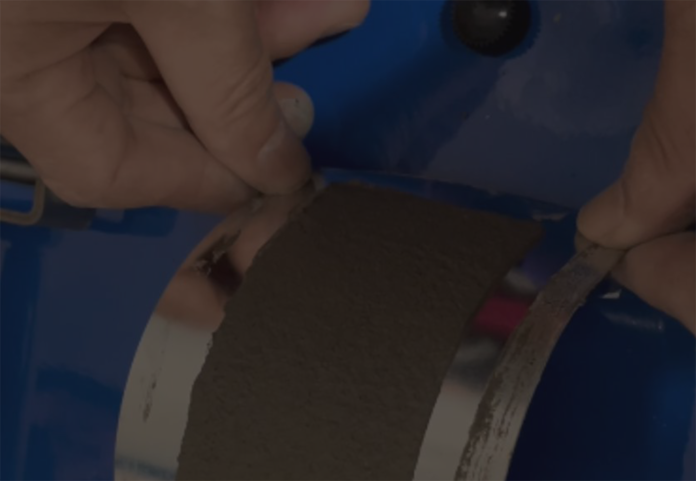
Nov . 21, 2024 02:28 Back to list
hydroxyalkyl cellulose
Hydroxyalkyl Cellulose An Overview of Its Properties and Applications
Hydroxyalkyl cellulose (HAC) is a non-ionic cellulose ether derived from the natural polymer cellulose. By reacting cellulose with an alkylene oxide, such as propylene oxide or ethylene oxide, hydroxyalkyl cellulose is produced. This modification leads to altered solubility and functionality, making HAC a versatile ingredient in various industries, including pharmaceuticals, cosmetics, food, and construction.
Chemical Structure and Properties
The fundamental structure of hydroxyalkyl cellulose includes a linear backbone of glucose units, which are the repeating units of cellulose. The modification process introduces hydroxyalkyl groups into the cellulose chain, effectively enhancing its properties. The degree of substitution, representing the average number of substituent groups per anhydroglucose unit, affects the solubility, viscosity, and other physicochemical properties of HAC.
One of the most significant attributes of hydroxyalkyl cellulose is its ability to dissolve in water, forming a viscous solution. This solubility can vary depending on the ratio of hydroxyalkyl groups and the molecular weight of the polymer. Generally, hydroxypropyl cellulose (HPC) and hydroxyethyl cellulose (HEC) are two common variants of HAC that have been extensively studied and utilized. These materials exhibit pseudoplastic behavior, meaning they decrease in viscosity with increasing shear stress, making them particularly useful in applications requiring easy processing.
Applications in Various Industries
1. Pharmaceuticals Hydroxyalkyl cellulose is widely used in the pharmaceutical industry as a binder, thickening agent, and controlled-release agent. Its ability to form gels and increase the viscosity of liquid formulations is beneficial in drug delivery systems, ensuring uniformity and stability in suspensions, emulsions, and tablets. Additionally, HAC can be employed in topical formulations, where it contributes to the product's spreadability and adherence to the skin.
hydroxyalkyl cellulose

2. Cosmetics and Personal Care Products In the cosmetics industry, hydroxyalkyl cellulose serves as a versatile thickener and stabilizer in various formulations such as lotions, creams, and shampoos. It enhances the texture and feel of products while improving their aesthetic appeal. Furthermore, HAC's film-forming properties make it a popular choice in hair care products, imparting a protective layer that enhances shine and manageability.
3. Food Industry HAC is recognized as a food additive, functioning as a thickener, emulsifier, and stabilizer. It is often utilized in sauces, dressings, and dairy products, where it improves texture and mouthfeel. The food-grade variant of hydroxyalkyl cellulose is regarded as safe for consumption, and its ability to retain moisture helps extend the shelf life of various food products.
4. Construction Industry In the construction sector, hydroxyalkyl cellulose is employed in the formulation of cement, mortar, and plaster. Its water retention properties enhance the workability of these materials, leading to improved adhesion and reduced cracking. HAC contributes to the durability and longevity of construction materials, making it an essential additive in modern building practices.
Environmental Considerations
Hydroxyalkyl cellulose is derived from cellulose, a renewable resource, making it a more sustainable option compared to synthetic polymers. Its biodegradability is a significant advantage, particularly in an era where environmental concerns are paramount. Products containing HAC can be formulated with lower environmental impact, contributing to the growing demand for eco-friendly ingredients across all sectors.
Conclusion
In conclusion, hydroxyalkyl cellulose is a multifunctional ingredient that has found extensive application across various industries. Its unique properties, including solubility, viscosity modification, and film-forming ability, make it an invaluable asset in pharmaceuticals, cosmetics, food, and construction. As industries increasingly emphasize sustainability, HAC offers a viable and environmentally friendly alternative to traditional synthetic polymers. With ongoing research and development, the potential applications of hydroxyalkyl cellulose are likely to expand, further solidifying its position as a crucial component in modern formulations.
-
Versatile Hpmc Uses in Different Industries
NewsJun.19,2025
-
Redispersible Powder's Role in Enhancing Durability of Construction Products
NewsJun.19,2025
-
Hydroxyethyl Cellulose Applications Driving Green Industrial Processes
NewsJun.19,2025
-
Exploring Different Redispersible Polymer Powder
NewsJun.19,2025
-
Choosing the Right Mortar Bonding Agent
NewsJun.19,2025
-
Applications and Significance of China Hpmc in Modern Industries
NewsJun.19,2025







